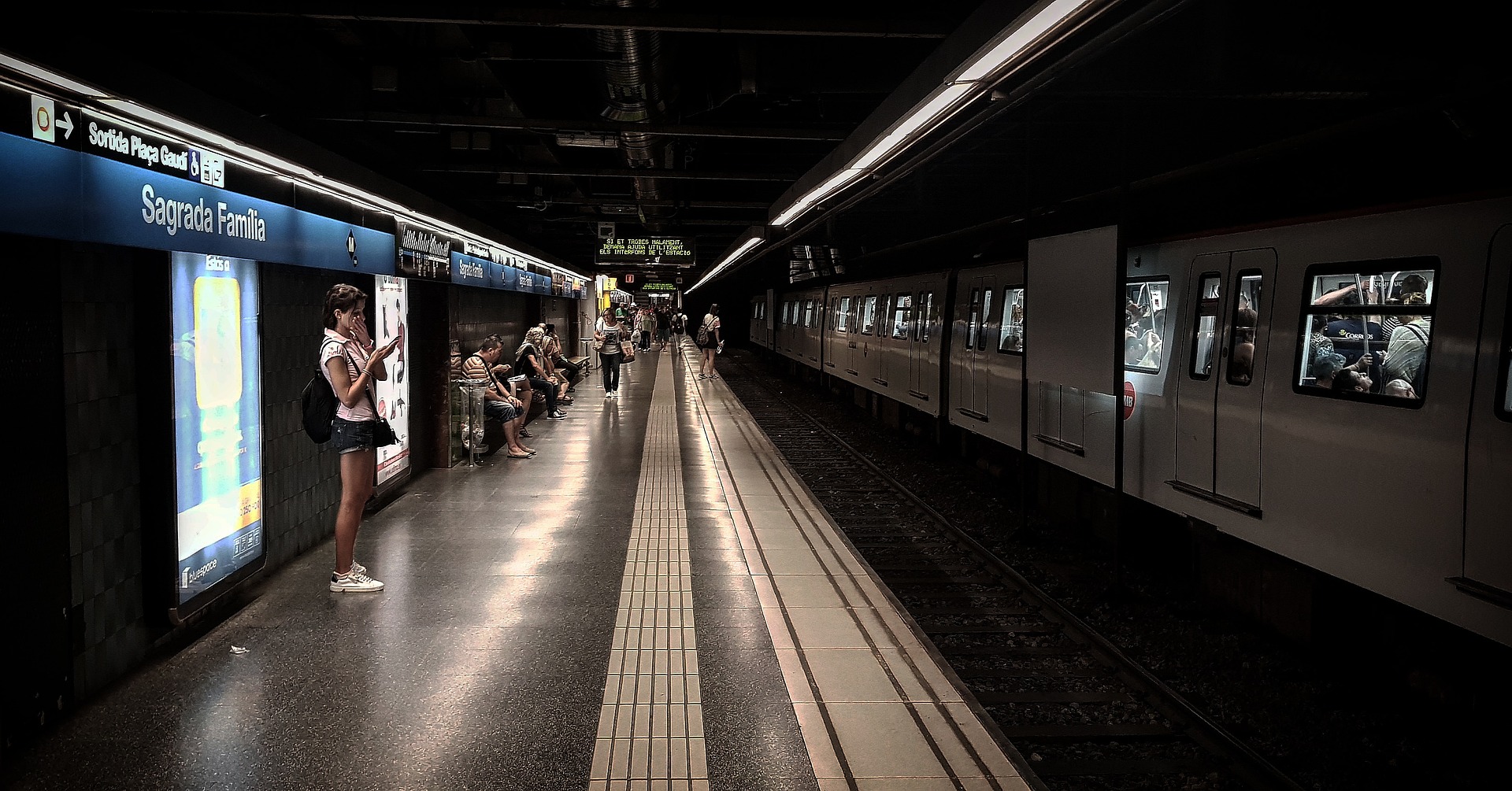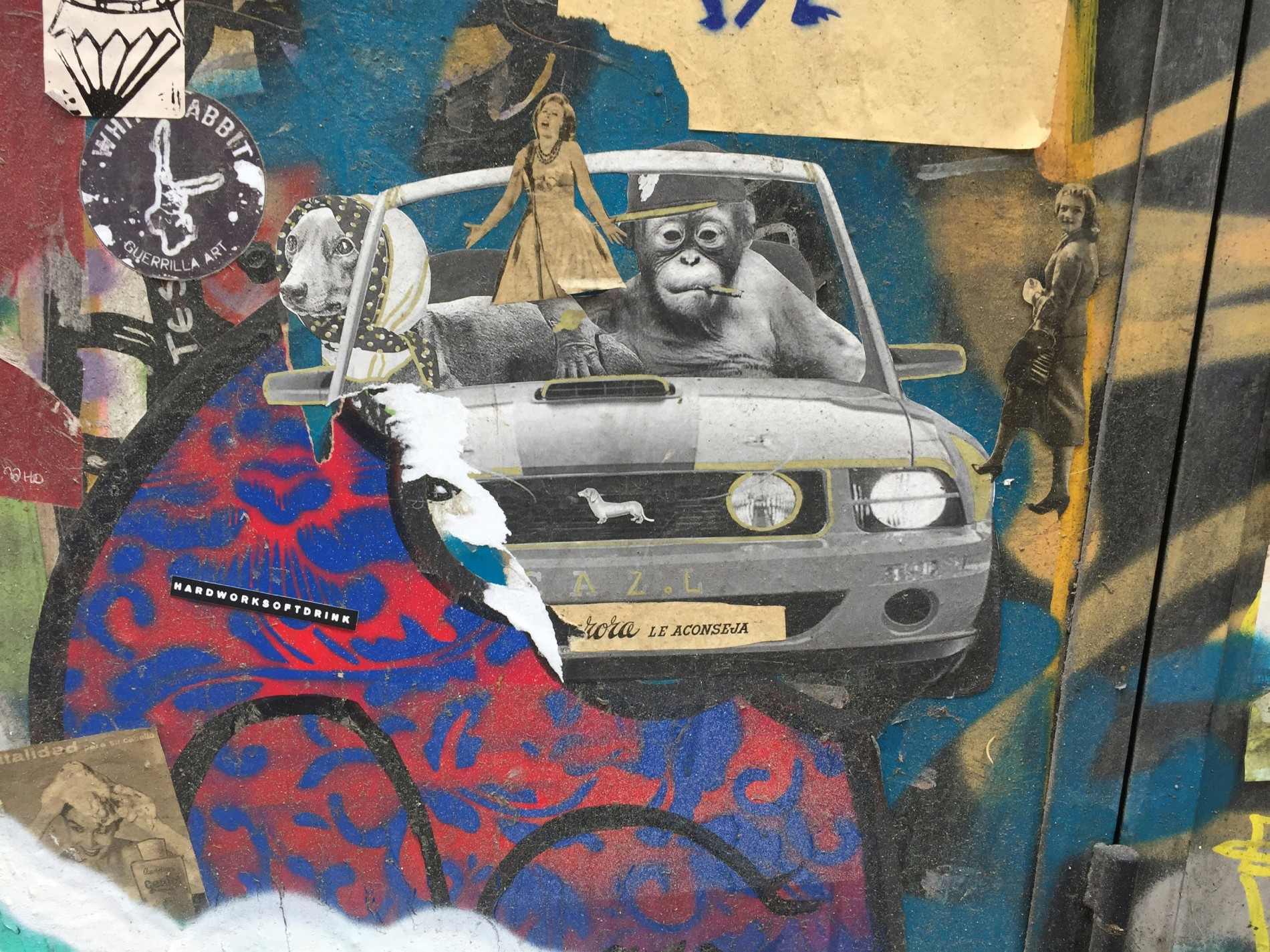
In the city of Barcelona, there are various types of public transportation that offer residents and visitors efficient and convenient mobility options. Among the most popular modes of transport are the metro, bus, and tram. These transportation systems connect the city and its surroundings, allowing people to move quickly and comfortably. In this article, we will explore each of these modes of transport in detail, including their routes, schedules, and fares.
Barcelona Metro
The Barcelona metro is one of the city’s most extensive and widely used transportation systems. It consists of several lines that cover almost the entire metropolitan area, facilitating efficient travel from one place to another. The Barcelona metro has a total of 12 lines, identified by numbers and colors, which extend throughout the city and its surroundings.
Barcelona Metro Lines
Below is a list of the Barcelona metro lines:
- Line 1 (Red): Connects Hospital de Bellvitge with Fondo.
- Line 2 (Purple): Runs from Paral·lel to Badalona Pompeu Fabra.
- Line 3 (Green): Goes from Zona Universitària to Trinitat Nova.
- Line 4 (Yellow): Connects Trinitat Nova with La Pau.
- Line 5 (Blue): Runs from Cornellà Centre to Vall d’Hebron.
- Line 6 (Violet): Goes from Plaça de Sants to Reina Elisenda.
- Line 7 (Brown): Connects Av. Carrilet with Plaça Catalunya.
- Line 8 (Pink): Runs from Molí Nou-Ciutat Cooperativa to Espanya.
- Line 9 (Orange): Goes from La Sagrera to Zona Universitària.
- Line 10 (Light Blue): Connects Gorg with Bon Pastor.
- Line 11 (Turquoise): Runs from Trinitat Nova to Can Cuiàs.
- Line 12 (Golden): Goes from Sarrià to Reina Elisenda.
Barcelona Metro Schedules and Fares
The Barcelona metro operates at set times, serving passengers for most of the day. The schedule may vary depending on the day of the week and the line in question. Below are the general operating hours:
- Monday to Thursday: From 5:00 a.m. to 12:00 a.m.
- Friday and eve of holidays: From 5:00 a.m. to 2:00 a.m.
- Saturdays: Continuous service throughout the night.
- Sundays and holidays: From 5:00 a.m. to 12:00 a.m.
The Barcelona metro has an integrated fare system that allows passengers to use different modes of transportation with a single ticket for a specific period of time. The prices of individual tickets vary depending on the duration of the journey. Below are the most common fares:
- Single ticket: €2.40
- T10: Card valid for 10 trips, costing €11.35.
- T-Familiar: Card valid for 8 trips, costing €10.
- Day passes: Available in different durations (2, 3, 4, and 5 days), ideal for tourists who want to explore the city unlimitedly.
For more information about schedules, fares, and services of the Barcelona metro, you can visit the official website: https://www.tmb.cat/en/barcelona/metro/lines
Bus in Barcelona
In addition to the metro, the bus is another widely used public transportation mode in Barcelona. The city’s bus network covers a large number of routes connecting different neighborhoods and municipalities, making it a convenient option for getting around the city. Barcelona buses are accessible and equipped with ramps for people with reduced mobility.
Bus Routes and Schedules
Buses in Barcelona operate on numerous routes that span the entire city and its surroundings. Each route has designated stops where passengers can board or alight from the bus. Some of the most popular bus routes include:
- Route 7: Connects Plaça Catalunya with the Diagonal Mar area.
- Route 24: Travels across the city from Parc de la Ciutadella to Carmel.
- Route 55: Goes from the FC Barcelona stadium to Montjuïc.
- Route 67: Connects the Barceloneta neighborhood with Parc de la Creueta del Coll.
The bus schedules in Barcelona vary depending on the route and the day of the week. Generally, bus service starts early in the morning and ends around midnight. However, some routes may have extended hours on specific days of the week. It is recommended to check the specific schedules for each route before planning a bus trip.
Bus Fares and Tickets
Like the metro, the bus transportation system in Barcelona also has an integrated fare system. Passengers can use the same cards and tickets used in the metro to pay for their bus ride. The prices of individual tickets and transport cards are similar to those of the metro.
A popular option for tourists is the tourist bus ticket, which allows visitors to explore Barcelona on a two-story bus with stops at popular tourist sites in the city. These tickets are usually valid for one or two days and offer the possibility to get on and off at any stop during the validity period.
Tram in Barcelona
The tram, also known as the tram, is another public transportation mode in Barcelona. Although the tram disappeared from the city in 1971, it was reintroduced in 2004 and has gained popularity due to its accessibility, efficiency, and comfort. The Barcelona tram has two main lines: Trambaix and Trambesòs.
Tram Lines in Barcelona
- Trambaix: This line originates at plaça Francesc Macià and extends to the towns of L’Hospitalet de Llobregat, Sant Just Desvern, Sant Joan Despí, Sant Feliu de Llobregat, and Cornellà.
- Trambesòs: This line allows travel from Vila Olímpica and plaça de les Glòries to Sant Adrià del Besòs, passing through the Fórum, or to Badalona.
Tram Schedules and Fares
The tram in Barcelona follows a similar schedule to the metro and bus, with extended hours on Fridays, Saturdays, and eve of holidays. Below are the general operating hours:
- Monday to Thursday, Sundays, and holidays: From 5:00 a.m. to 12:00 a.m.
- Fridays, Saturdays, and eve of holidays: From 5:00 a.m. to 2:00 a.m.
The fares for the tram are similar to those for the metro and bus. Passengers can use the same integrated transport cards to pay for their tram ride. Individual tickets and day passes are also available for those who wish to use the tram frequently.
Conclusions
In summary, Barcelona offers a wide variety of public transportation options that facilitate the mobility of residents and visitors. The metro, bus, and tram are efficient and convenient modes of transport that connect the city and its surroundings. Each of these modes of transport has its own characteristics and benefits, so passengers can choose the one that best suits their needs.
It is important to consider the schedules and fares of each mode of transport to plan trips effectively. Additionally, integrated transport cards and day passes are convenient and economical options for those planning to use public transportation frequently.
Overall, the public transportation system in Barcelona is accessible, reliable, and environmentally friendly. Whether you are exploring the city’s tourist sites or simply moving through your daily routine, the metro, bus, and tram are excellent.

